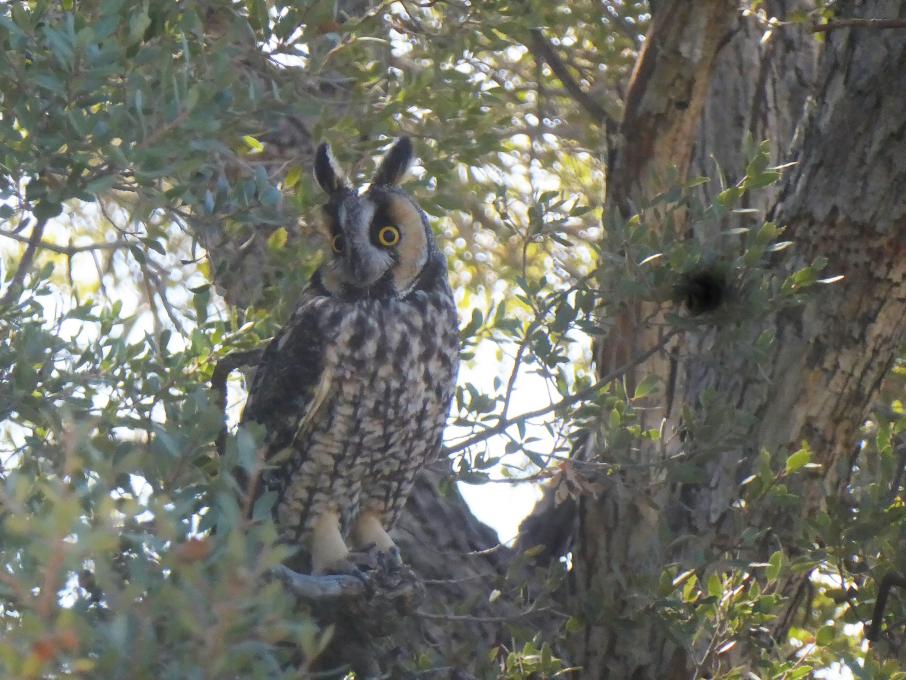Herbie
Forum Replies Created
Viewing 4 posts - 1 through 4 (of 4 total)
-
HerbieParticipantI was a steward for western purple martin colonies in the Pacific Northwest for many years, so it has been interesting to compare the information about owls’ life styles in this course with what I observed for purple martins. Purple martins are long-distance, inter-hemispheric migrants, which is a seasonal behavior for only a few owl species. Like owls, martins are cavity nesters, but they prefer colonial nesting conditions, whereas owls seem to be territorial with respect to nest sites (and hunting grounds?). Purple martins are exclusively insectivorous and feed on the wing, so their diet is limited compared to that of many owls, even the small owls that eat mostly insects and invertebrates. As an interesting aside: During my time as a purple martin steward I was aware of two instances of “colony collapse” (sudden loss of adult birds & subsequent death of their chicks by starvation); at least one of those colony losses was documented to be caused by the nocturnal raids of an owl.in reply to: Young Owls Grow Up #760140
-
HerbieParticipantIt is very interesting to know more about the relationship between the structure of an owl’s feet (e.g., toe alignment, size of toes & talons) and its preferred foods.in reply to: Owls and Their Prey #760128
-
HerbieParticipantWhat a great photo of those two owlets looking out of their nest box! Lucky you to have watched that box support five years of owl families!in reply to: Who Is That Owl? #760074
-
HerbieParticipantThis is a wonderful course! Thank you for offering it! And thanks for the opportunity to hear the owl encounters of others! My encounters with owls have primarily been while hiking in the high desert of southern California during the winter months. Here are two photos of owls I have seen there: A long-eared owl that was day-roosting in a shady canyon in Joshua Tree National Park; it looks startled not just because of my presence but because it was being mobbed by California scrub jays. And a western screech owl looking out from its nest hole in a cottonwood at Whitewater Canyon Preserve. This photo of the screech owl is especially interesting because I think it illustrates that some owls have independent pupillary control of their eyes; the pupil in the shade is open wider than the one in the sun.

 in reply to: Who Is That Owl? #759847
in reply to: Who Is That Owl? #759847
Viewing 4 posts - 1 through 4 (of 4 total)

